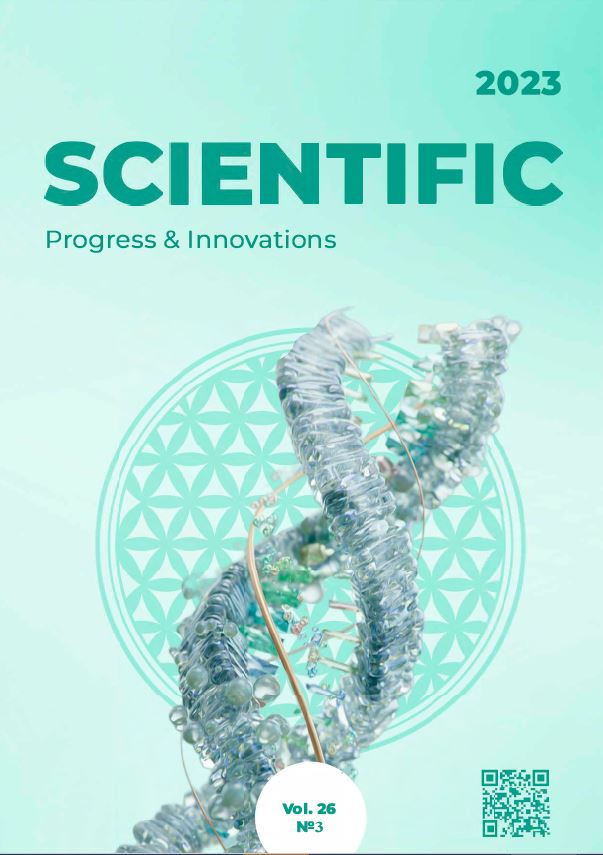Age dynamics and breed susceptibility of dogs to intestinal nematodoses in the city of Kharkiv
DOI:
https://doi.org/10.31210/spi2023.26.03.17Keywords:
Keywords: parasitology, intestinal helminthiases, dogs, age dynamics, breed susceptibility, infestation rates, parasitology, intestinal helminthiases, dogs, age dynamics, breed susceptibility, infestation ratesAbstract
In recent years, more and more scientists have been studying the structure and functioning of parasitic systems in domestic carnivores. This is related to the understanding of the evolutionary significance of parasites for host animals and the role of parasites in the functioning of biocenoses. It is possible to analyze the dynamics of interactions between parasite populations and their hosts only from monitoring studies, the conduct of which is quite time-consuming. That is why establishing the age dynamics of intestinal helminthiasis in dogs of various breeds in the conditions of large cities is an extremely relevant area of research. The purpose of the research was to establish the susceptibility of dogs to causative agents of nematodoses depending on their age and breed in the conditions of the city of Kharkiv. The conducted studies established that the fauna of nematodoses of the digestive tract of dogs in the conditions of the studied region is represented by helminths of the species Trichuris vulpis, Toxocara canis, Toxascaris leonina and the genus Ancylostoma/Uncinaria. Young dogs aged 6 to 12 months were the most infested with trichurosis and strongyloidosis of the digestive organs, where the indicators of the extent of invasion were 32.4 and 16.8%, respectively. For toxocarosis and toxascarosis, higher rates of damage in dogs were found in puppies under 6 months of age. – 37.0 and 16.9 %, as well as in young animals aged from 6 to 12 months. – 18.2 and 17.1 %, respectively. Subsequently, with the age of the dogs, the indicators of the extensiveness of the invasion gradually decreased and ranged from 2.4 to 7.5 %. Breed susceptibility of dogs to causative agents of trichurosis, toxocarosis, toxascarosis and strongyloidosis of the digestive organs was characterized by a significant lesion of crossbreeds and stray dogs, where the indicators of the extent of invasion were 22.9 %, 21.5 %, 13.3 % and 18.4 %, respectively. Dogs of hunting (22.1 %, 13.8 %, 11.7 % and 8.2 %) and service (20.1 %, 9.7 %, 4.3 % and 4.3 %) breeds were less infested . Less often, helminthiasis was established in dogs of decorative breeds, where the indicators of the extensiveness of the invasion ranged from 1.7 to 18.1 %. The obtained results make it possible to take into account the epizootic features of intestinal helminthiasis parasitism in dogs of different ages and breeds in the conditions of the city of Kharkiv for the successful implementation of treatment and prevention measures.

 Creative Commons Attribution 4.0 International Licens
Creative Commons Attribution 4.0 International Licens